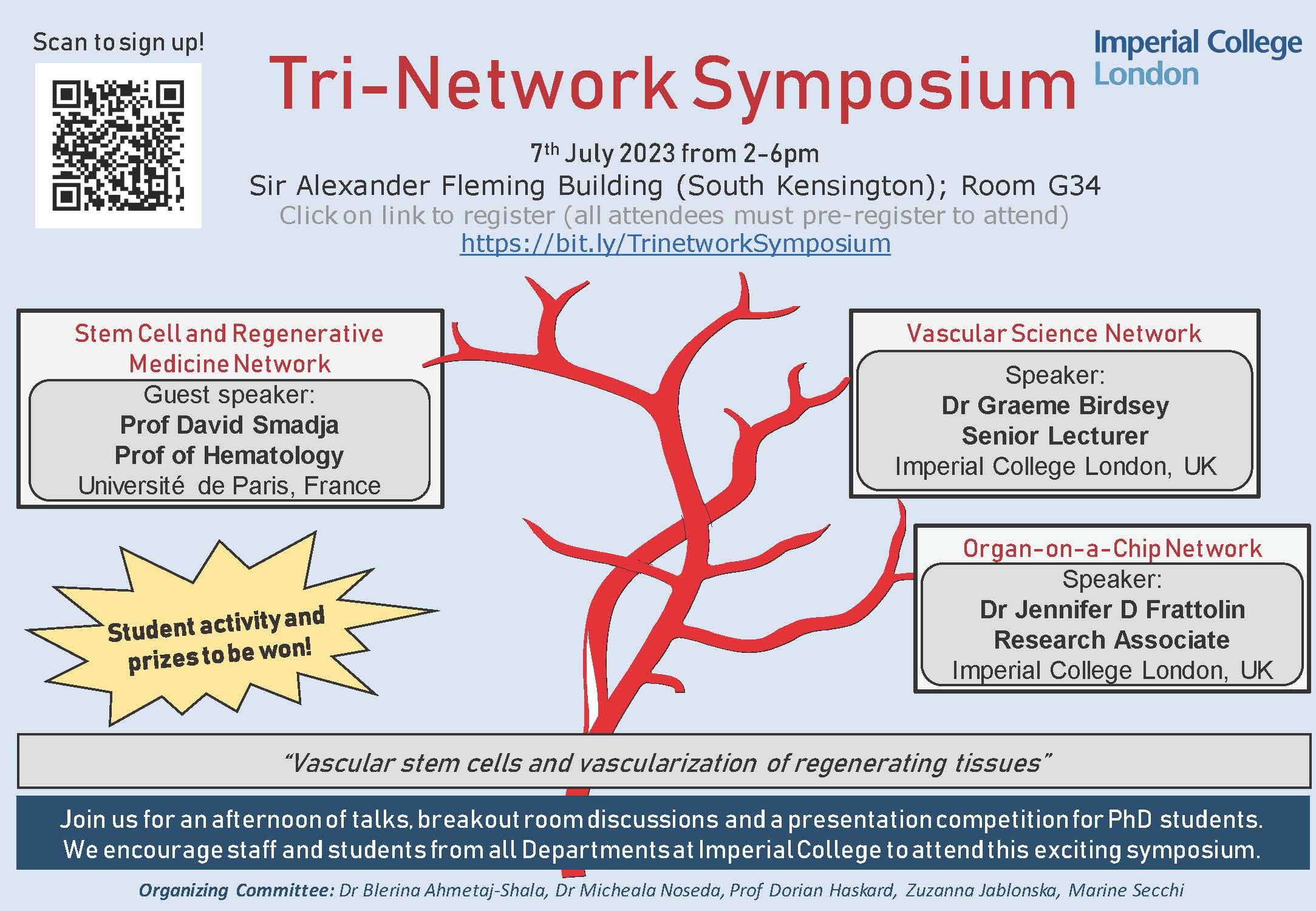BibTex format
@article{Baxan:2019:10.1242/dmm.040725,
author = {Baxan, N and Papanikolaou, A and Salles-Crawley, I and Lota, A and Chowdhury, R and Dubois, O and Branca, J and Hasham, MG and Rosenthal, N and Prasad, SK and Zhao, L and Harding, SE and Sattler, S},
doi = {10.1242/dmm.040725},
journal = {Dis Model Mech},
title = {Characterization of acute TLR-7 agonist-induced hemorrhagic myocarditis in mice by multiparametric quantitative cardiac magnetic resonance imaging.},
url = {http://dx.doi.org/10.1242/dmm.040725},
volume = {12},
year = {2019}
}
